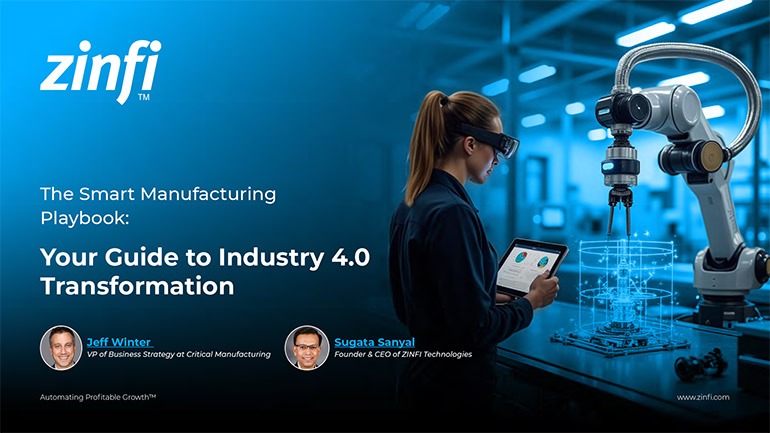Glossary - What is - Digital Asset Management
What is Digital Asset Management?
Digital Asset Management (DAM) systematically organizes, stores, and retrieves digital assets, such as images, videos, documents, and other multimedia content. It involves using specialized software to manage the lifecycle of digital assets from creation to archival. DAM systems are designed to improve workflow efficiency, ensure brand consistency, and enhance collaboration by providing a centralized repository for all digital assets. These systems allow users to categorize, tag, and search for assets easily, ensuring that the right content is always available when needed.
In the context of partner ecosystem management and partner management automation, DAM plays a crucial role by streamlining the distribution of marketing and sales materials. By integrating DAM with partner management platforms, organizations can ensure that their partners have instant access to the latest brand-compliant assets. This integration helps maintain brand consistency across various channels and accelerates time-to-market for new campaigns and products. Furthermore, automated workflows within DAM systems reduce the manual effort in managing and distributing digital assets, leading to higher efficiency and productivity.
Key Takeaways:
- Enhanced Brand Consistency: Digital Asset Management ensures all partners access the most up-to-date and brand-compliant assets. By centralizing the repository of digital assets, organizations can control and maintain brand consistency across all marketing channels. This is particularly important in a partner ecosystem, where multiple entities represent the brand.
- Improved Efficiency and Productivity: DAM systems automate the management and distribution of digital assets, reducing the time and effort required to locate and share content. This increased efficiency enables partners to focus more on their core activities, such as sales and customer engagement. To learn more about improving efficiency through automation, see ZINFI’s Partner Relationship Management solutions.
- Streamlined Collaboration: DAM systems facilitate better collaboration between internal teams and external partners by providing a centralized platform for sharing and managing digital assets. This seamless collaboration ensures all stakeholders are on the same page and can access the necessary resources to execute campaigns effectively.
- Secure Asset Management: Security is paramount when managing digital assets. DAM systems offer robust security features such as user permissions, encryption, and access controls to protect sensitive content from unauthorized access. This ensures that only authorized users can access or modify digital assets, maintaining the integrity and confidentiality of the brand.
- Data-Driven Insights: Advanced DAM systems provide analytics and reporting features that offer insights into asset usage and performance. This data helps organizations understand which assets are most effective and how they are being utilized, enabling data-driven decisions to optimize marketing strategies. For more information on leveraging data for better decision-making, visit ZINFI’s Analytics and Reporting.
Summary:
Digital Asset Management (DAM) is essential for efficiently organizing, storing, and retrieving digital assets. In partner ecosystem management, DAM ensures brand consistency, improves efficiency, streamlines collaboration, enhances security and provides valuable insights. By integrating DAM with partner management platforms, organizations can significantly boost their operational effectiveness and maintain a cohesive brand presence across all channels.
Key Examples:
- Automotive Manufacturing: In the automotive industry, manufacturers often have a wide range of marketing materials, including product images, videos, brochures, and technical documents. A DAM system allows these companies to manage their digital assets efficiently, ensuring that dealers and partners can always access the latest materials. For instance, when launching a new model, the marketing team can quickly distribute high-resolution images and promotional videos to all dealers, ensuring a consistent and timely rollout.
- Consumer Electronics: Consumer electronics companies frequently update their product lines and require a robust DAM system to manage the influx of new product images, specifications, manuals, and promotional content. By using a DAM system, these companies can ensure that retailers and distributors have instant access to the most recent and accurate product information, reducing the risk of outdated or incorrect data being used in marketing campaigns.
- Energy Production: Companies in the energy sector rely on various digital assets for internal and external communications. A DAM system helps manage technical documents, project reports, marketing materials, and compliance records. This centralized management ensures that all stakeholders, including partners and regulatory bodies, have access to accurate and up-to-date information, facilitating better collaboration and compliance.
- Financial Services: Maintaining a secure and compliant digital asset repository is critical in financial services. DAM systems enable banks and financial institutions to securely manage sensitive documents, marketing materials, and client communications. With stringent access controls and encryption, these systems ensure that only authorized personnel can access or share sensitive information, maintaining compliance with regulatory requirements.
- Food and Beverage: The food and beverage industry uses various digital assets, from product images and recipes to marketing campaigns and nutritional information. A DAM system helps manage these assets efficiently, ensuring that distributors and retailers have access to the latest promotional materials and product data. This centralized approach streamlines marketing efforts and ensures consistent branding across all channels.
- Healthcare Services: Healthcare providers manage many digital assets, including patient records, medical images, research papers, and marketing materials. A DAM system helps organize and secure these assets, ensuring compliance with data protection regulations. By providing a centralized repository, healthcare organizations can improve access to critical information, enhance patient care, and streamline administrative processes.
- Information Technology: IT companies generate many digital assets, including software documentation, marketing collateral, and training materials. A DAM system allows these companies to efficiently manage and distribute their assets, ensuring that partners and customers can access the most current and relevant information. This improves product adoption and customer satisfaction.
- Pharmaceutical Development: In the pharmaceutical industry, managing digital assets such as research data, clinical trial results, regulatory documents, and marketing materials is crucial. A DAM system ensures that all stakeholders, including researchers, regulatory agencies, and marketing teams, access accurate and up-to-date information, facilitating compliance and speeding up the drug development process.
- Retail Industry: Retailers use a variety of digital assets for product promotion, from images and videos to catalogs and social media content. A DAM system helps manage these assets, ensuring all marketing channels can access the latest promotional materials. This centralized approach ensures consistent branding and efficient marketing execution.
- Telecommunications: Companies manage numerous digital assets, including promotional videos, product images, technical specifications, and customer support materials. A DAM system streamlines the management and distribution of these assets, ensuring that all partners and customers have access to accurate and up-to-date information, improving service delivery and customer satisfaction.
Conclusion:
Digital Asset Management (DAM) is vital for organizations across various industries, helping them manage, organize, and distribute digital assets efficiently. In partner ecosystem management, DAM ensures brand consistency, improves workflow efficiency, enhances collaboration, strengthens security, and provides valuable data insights. A robust DAM system can significantly streamline operations and enhance productivity for industries like automotive manufacturing, consumer electronics, energy production, financial services, food and beverage, healthcare, information technology, pharmaceutical development, retail, and telecommunications.
By integrating DAM with partner management platforms, companies can ensure that their partners have access to the latest and most relevant digital assets, enabling them to execute marketing campaigns more effectively and maintain a cohesive brand presence. The ability to automate asset distribution and access comprehensive analytics further empowers organizations to make data-driven decisions and optimize their marketing strategies. As a result, DAM systems enhance operational efficiency and drive better business outcomes across the entire partner ecosystem.
Associated Keywords:
- Digital Asset Management
- DAM Systems
- Brand Consistency Tools
















